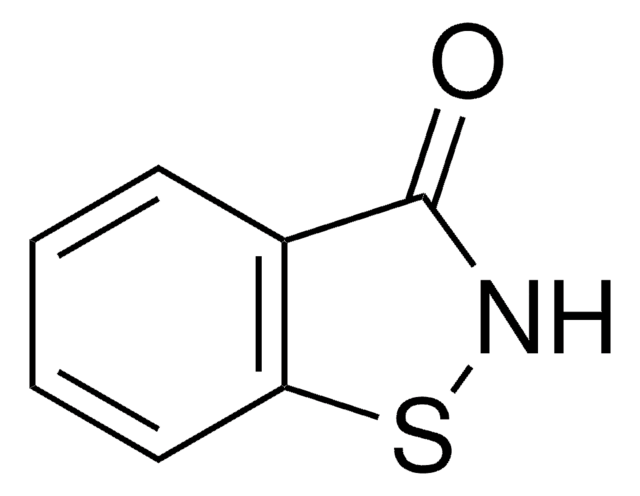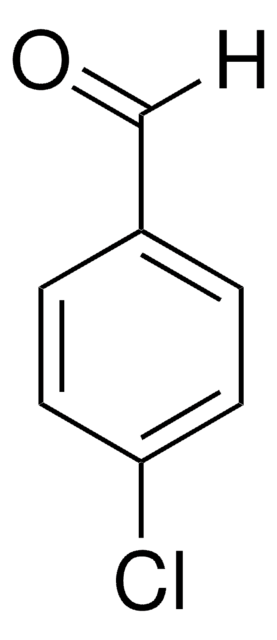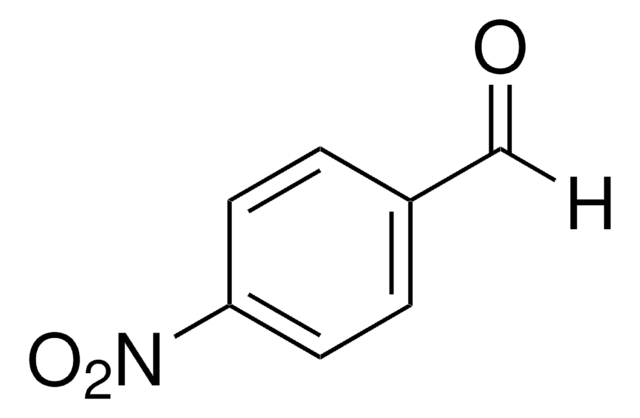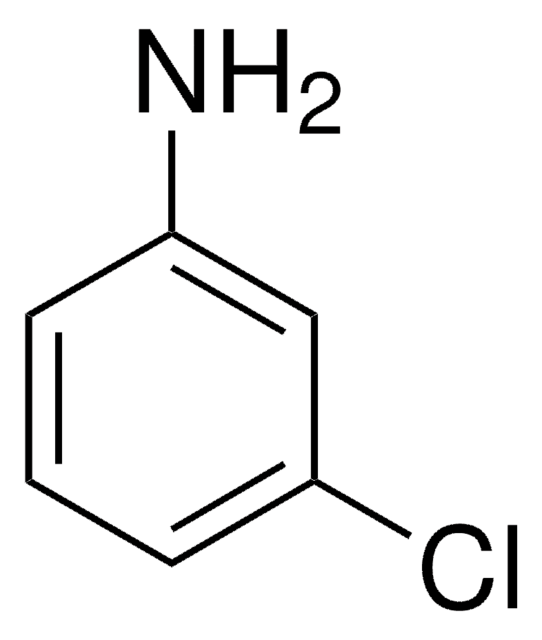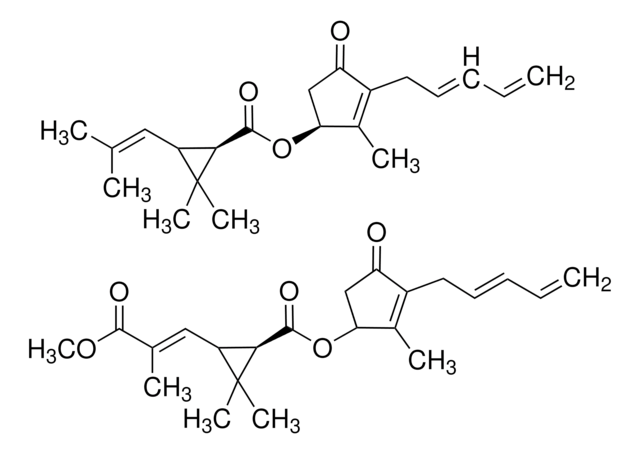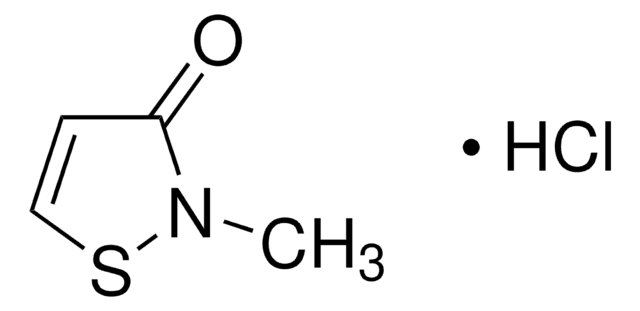134708
2-Bromo-2-nitro-1,3-propanediol
98%
Sinónimos:
BNPD, BNPK, Bronopol
About This Item
Productos recomendados
Quality Level
assay
98%
form
crystals
mp
130-133 °C (lit.)
solubility
H2O: soluble 100 mg/mL, clear, colorless to faintly yellow
functional group
amine
bromo
hydroxyl
nitro
SMILES string
OCC(Br)(CO)[N+]([O-])=O
InChI
1S/C3H6BrNO4/c4-3(1-6,2-7)5(8)9/h6-7H,1-2H2
InChI key
LVDKZNITIUWNER-UHFFFAOYSA-N
¿Está buscando productos similares? Visita Guía de comparación de productos
Application
- Effect of leave-on cosmetic antimicrobial preservatives on healthy skin resident Staphylococcus epidermidis.: This study examines the impact of various antimicrobial preservatives, including 2-Bromo-2-nitro-1,3-propanediol, on the microbiota of healthy skin, particularly focusing on Staphylococcus epidermidis. The findings suggest that such preservatives can influence the skin′s microbial balance, which is essential for maintaining skin health (Zhang et al., 2023).
- Assessing the residual antibacterial activity of clinical materials disinfected with glutaraldehyde, o-phthalaldehyde, hydrogen peroxide or 2-bromo-2-nitro-1,3-propanediol by means of a bacterial toxicity assay.: This research assesses the residual antibacterial effects of various disinfectants, including 2-Bromo-2-nitro-1,3-propanediol, on clinical materials, contributing to improved disinfection protocols in healthcare settings (Lerones et al., 2004).
- Development and testing of a microbiological assay to detect residual effects of disinfectant on hard surfaces.: This study developed a microbiological assay to evaluate the residual effects of disinfectants, including 2-Bromo-2-nitro-1,3-propanediol, on hard surfaces, aiming to enhance surface disinfection strategies in various industries (Mariscal et al., 1999).
Disclaimer
signalword
Danger
Hazard Classifications
Acute Tox. 4 Dermal - Acute Tox. 4 Oral - Aquatic Acute 1 - Aquatic Chronic 1 - Eye Dam. 1 - Skin Irrit. 2 - STOT SE 3
target_organs
Respiratory system
Storage Class
4.1B - Flammable solid hazardous materials
wgk_germany
WGK 3
ppe
dust mask type N95 (US), Eyeshields, Faceshields, Gloves
Elija entre una de las versiones más recientes:
¿Ya tiene este producto?
Encuentre la documentación para los productos que ha comprado recientemente en la Biblioteca de documentos.
Los clientes también vieron
Nuestro equipo de científicos tiene experiencia en todas las áreas de investigación: Ciencias de la vida, Ciencia de los materiales, Síntesis química, Cromatografía, Analítica y muchas otras.
Póngase en contacto con el Servicio técnico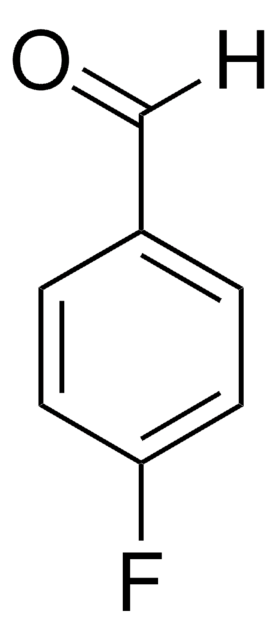
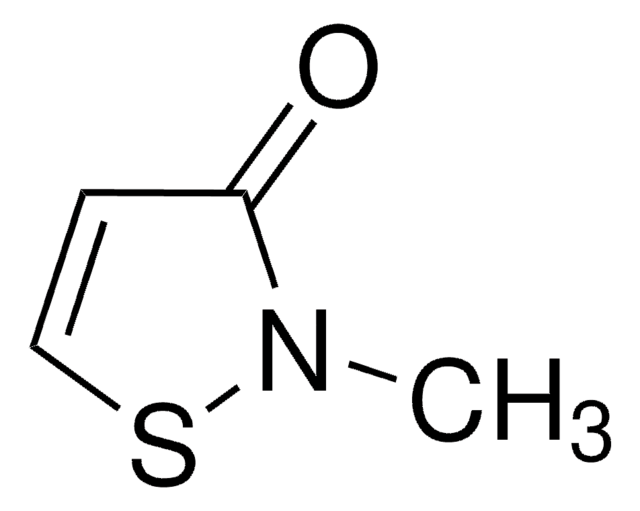
![1,8-Diazabiciclo[5.4.0]undec-7-eno 98%](/deepweb/assets/sigmaaldrich/product/structures/120/564/5b373e23-1624-489c-8efb-692de0f96ffb/640/5b373e23-1624-489c-8efb-692de0f96ffb.png)
